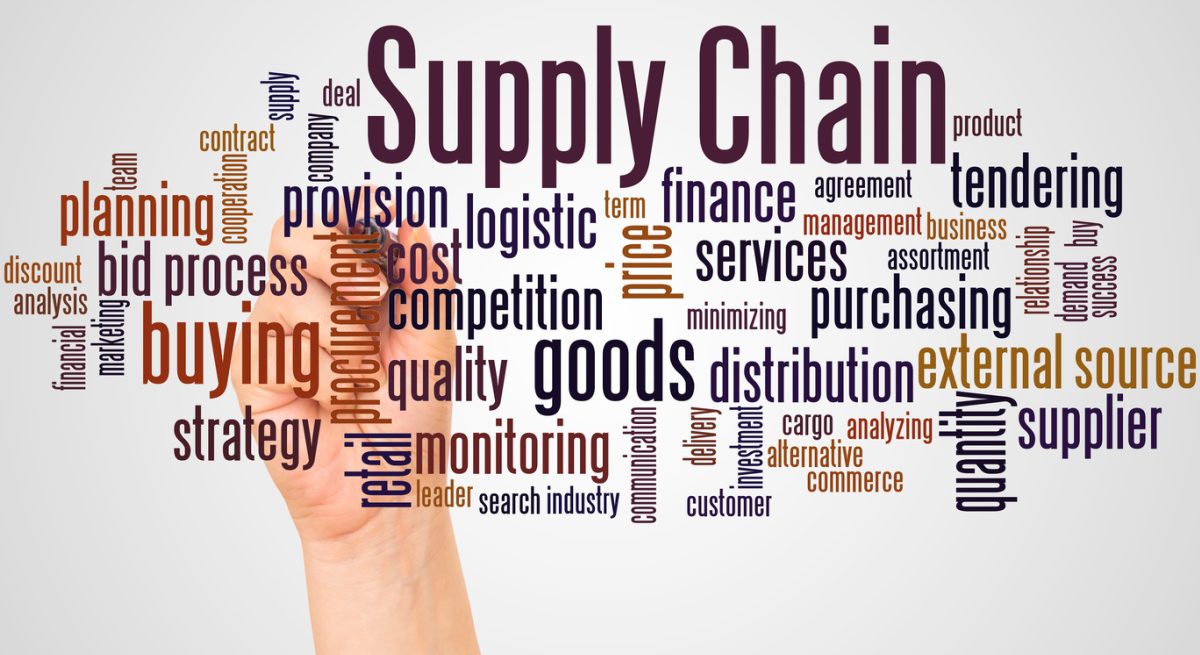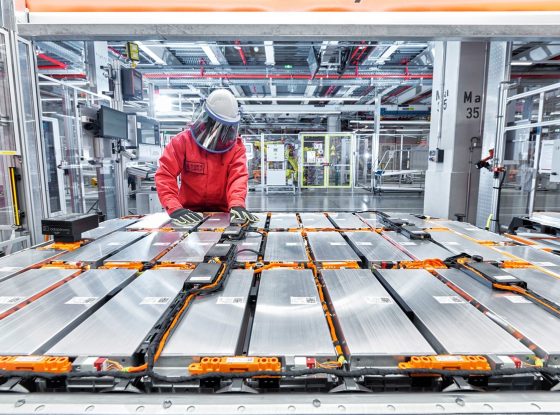Restaurant Supply Chain Management: New Era, New Measures

The turmoil caused by the pandemic has disrupted global supply chains more than any other period in recent history. It has highlighted the critical importance of evolving supply chain systems to be more responsive and agile to the changing dynamics around us – which the past two years have been extensive.
As diners return to their favorite restaurants, bars, and other eating establishments, restaurateurs are feeling the strain put on the food supply chain. Brands are looking to restaurant technology to maintain a healthy connection with their suppliers, experiment faster, and predict the performance of new concepts and service models. To do so, restaurants need to be mindful of these key elements of successful supply chain management.
Planning and Forecasting
The goal for every food and beverage company is to synchronize supply and demand. In order to reduce cost, waste, and optimize inventory, the process begins with planning and forecasting.
Operators need to consider what it takes to accomplish their topline revenue goals in parallel with cost control and waste elimination, ensuring they consistently deliver a high-quality food product to the end consumer that is predictable and traceable. That includes being able to analyze data on top-performing menu items down to the ingredient level, supplier performance, prime cost, and peak demand times by ordering channel. This is important because the material shifts in consumer behavior are largely associated with how they choose to discover, purchase, and receive their goods from restaurants.
In an industry that deals with perishables and other goods that have short shelf lives, even small changes in price for inventory that has low turnover rates, high risk of waste, and high-volume items can have a major impact on your business performance and profitability. Connecting your financial, transaction, and restaurant inventory management systems enables you to optimize production and better control cost variance proactively.
Tracking Supply Chain Flow
A critical element of effective supply chain management is the ability to track and trace goods throughout their supply chain journey — from farm to fork. Being able to track and manage how and when different ingredients arrive at restaurants and then how they are served to diners is especially crucial.
As we’ve all seen with various food recalls, it’s critical to know exactly when products arrived, where they came from, and where they reside in your kitchen. The lack of traceability of products can have a negative impact on a brand’s reputation and consumer trust, particularly when a brand is unable to determine where an issue originated from and currently resides. Consumers expect a high level of transparency on source ingredients, and for many brands, it’s a key differentiator. Managing thousands of suppliers is impossible to do with manual on-premises systems. Best-in-class organizations employ collaborative cloud solutions where suppliers can continually update and provide information and brands can proactively manage issues when they arise.
In addition to having the ability to track and trace items and their condition when arriving at a restaurant, operators also need to be able to track the packaging and re-packaging of items and their appropriate format to the end consumer.
Creating a Singular Journey
Expanding restaurant service models and transaction channels requires focus and attention on daily business metrics. Operators need to monitor revenue, cost, and inventory daily so they can remain agile and iterate on new concepts. And, in a time when every customer interaction is vital, getting accurate and complete customer data across all channels will be essential to running an efficient business and cultivating loyalty and repeat business. As restaurants chart a path forward, understanding customer perception, preference, and sentiment towards changes in service and/or menu items will also be vital to long-term stability.
Companies need to think about and look across the entire value chain – from the POS to the most granular DNA of the customer interaction, through to financial management and record management.
To accomplish this, businesses must seek out a solution that can offer a view of the entire value chain. An uninterrupted journey will yield data and insights that will help keep costs down and profits up, provide for sound financial and record management, and yield more fruitful consumer interactions. Ultimately, those that have embraced a consumer-led journey are ahead and are working on ways to out-innovate their peers. Your supply chain is a good place to look for a leg-up on price, product, and consumer trust.
Source : modernrestaurantmanagement.com



